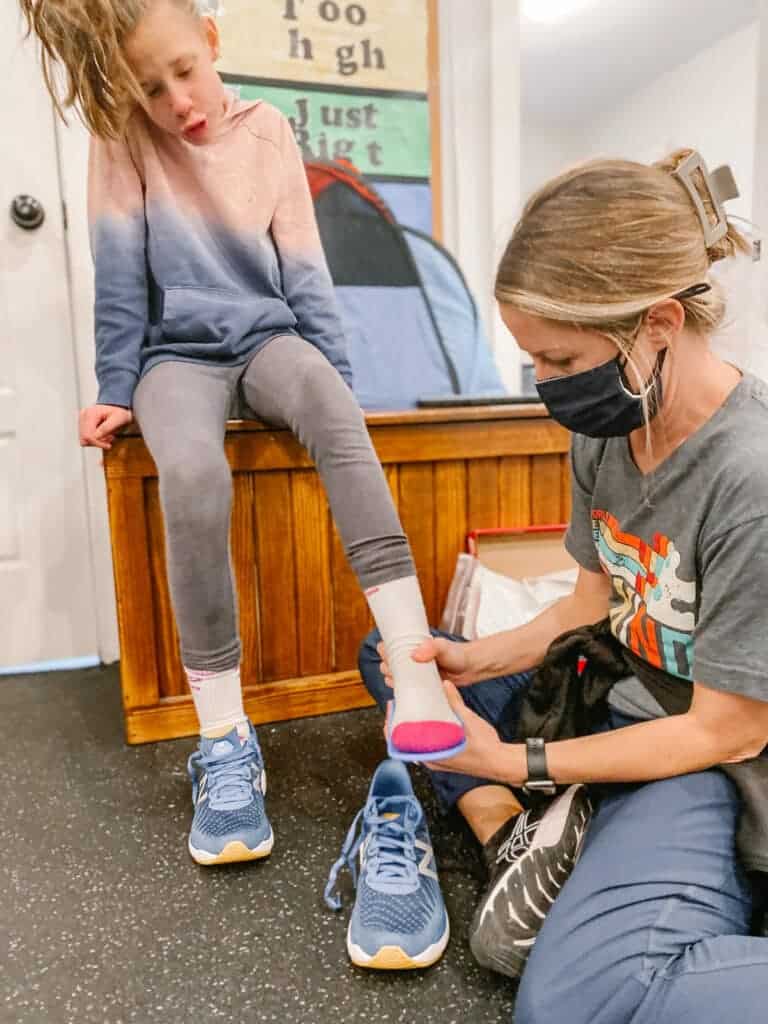Karina Moore, PTA
Orthotics are used for several different reasons and can be made several different ways. Pediatric orthotics can range from shoe inserts to knee high braces and more.
According to Orthotics.pdf (pediatricapta.org) an orthosis is an external device with controlling forces to improve body alignment, improve function, immobilize the injured area, prevent or improve a deformity, protect a joint or limb, limit or reduce pain, and/or provide proprioceptive feedback. Orthoses are named for the part of the body they cover. Orthoses can be custom molded and custom fitted (custom fitted from prefabricated orthoses or off the shelf).
There are many reasons why a child may benefit from orthotic intervention at all different ages, with and without a medical diagnosis. The use of orthotics can vary from child to child, however, the main goal is to provide stability while promoting functional ability.
Orthotics or orthoses can be used to assist with pronation (rotation of the medial bones in the midtarsal region of the foot inward and downward so that in walking the foot tends to come down on its inner margin) flat feet, toe walking, weakness, poor balance, frequent tripping, leg length discrepancies, low tone, and structural issues. Orthotics are made to improve a child’s walking pattern to as normal for them as possible to facilitate age appropriate child development.
Excessive pronation in the absence of high tone is usually easily corrected. A variety of “off the shelf” inserts are available, but may require customization. This type of insert is the one most commonly required.
Sure Step is another commonly used orthotic. It’s not a fast fit product and must be measured. It offers wrap around support of the foot, assistance at the hind foot for position, and some assistance with ankle modulation. Open trim lines at the forefoot.”Surestep orthotics are custom-made to provide the extra support these amazing children need to run, jump and play. In fact, our core product, the patented Surestep SMO system, revolutionized orthotic management for children with pronation or low muscle tone (hypotonia) worldwide.” – Sure Step
Physical therapists are trained in the function of orthoses and will frequently fit and measure orthoses. If the child is measured by the physical therapist, the orthoses are usually centrally fabricated and returned to the therapist for custom fitting and delivery. Following delivery of the orthosis, physical therapists provide education and functional training to the child and family.
The physical therapists at No Limits are trained in serial casting, fitting, and measuring for orthoses. We work closely with the orthotists at Orthotics At Home to ensure a proper fit for the child’s best outcome. We also help educate the family on how to put on and take off along with a proper wearing schedule.
If you are having concerns about the way your child walks, foot placement, or overall gross motor delays reach out to your pediatrician or physical therapist. We would be happy to take a look and help in any way we can.
Orthotics.pdf (pediatricapta.org)
Why does my child need orthotics? – ABC Pediatric Therapy
Surestep–Dynamic Stabilizing System: www.surestep.net
Cascade DAFO: www.cascadedafo.com

